Dukkah Sourdough Bread
5.0
(3)
Your folders
Your folders
Author : Emilie Raffa

Ingredients
Export 13 ingredients for grocery delivery
Instructions
Step 1
For the dukkah, place the almonds, fennel and coriander seeds into a food processor. Pulse until coarsely chopped. You want the texture not too chunky, yet not too fine. Stir in the sesame and poppy seeds. Store in an air-tight container until ready to use.
Step 2
To make the dough: in a large bowl, combine the starter, water and bread flour. Squish everything together with your hands until all of the flour is absorbed. Cover with plastic wrap and let it rest for 1 hour. Add the salt + ½ tsp. of water (to help it dissolve). Lift and fold the dough over itself several times, and squish with your hands to incorporate. The dough will tear slightly as you fold, and the salt will not fully dissolve. Don’t worry- this is normal. Work the dough as best you can until it comes back together into a rough ball. At this point, you shouldn’t feel any grains of salt beneath your hands.
Step 3
Bulk fermentation: Cover your bowl with plastic wrap and a clean kitchen towel. Leave it in a warm, sunny spot to rise. Your dough is ready when it no longer looks dense, and has increased in volume about 1½- 2x its original size. This can take anywhere from 3-12 hours depending on the temperature of your ingredients, the potency of your starter, and surrounding environment. *See note below.
Step 4
Stretch & fold: To strengthen your dough, do a series of stretch and folds every 30 minutes for 2 hours during bulk fermentation. Simply gather a portion of the dough, stretch it upwards and then fold it over itself. Rotate the bowl ¼ turn, and repeat until you have come full circle. You will have completed 4 folds.
Step 5
Cut the dough: When your dough has risen nicely, it’s time to cut and shape the dough. Divide your work surface in half; lightly flour one side (for cutting) and leave the other half clean (for shaping). Remove the dough from the bowl, and place onto the floured section so that it does not stick. You do not need to ‘punch down’ the dough; it will gently deflate as you fold and shape it. Cut the dough in half to make 2 loaves, or leave it whole for a single loaf.
Step 6
Shape the dough: Use a bench scraper to move your dough to the non-floured section. Gather the dough, one side at a time, and fold it into the center. Flip the dough over and place it seam side down. Using your hands, gently cup the sides of the dough and rotate it, using quarter turns in a circular motion. You can also pull it towards you to even out the shape. Repeat this process until you are happy with its appearance. Brush away any excess flour from the dough.
Step 7
To coat the dough, add all of your dukkah to a large bowl. Roll the dough around in the seed mixture until well coated. If there is too much flour on the dough, the dukkah will not stick.
Step 8
Second rise: Place your seeded dough into a cloth lined basket. Cover with plastic wrap and refrigerate overnight.
Step 9
Prepare the baking vessel: When you are ready to bake, remove the dough from the fridge and allow it to rest for about ½ hour (in the bowl). Preheat your oven to 450F. Generously coat the bottom of a Dutch oven with cornmeal or line with parchment paper to prevent sticking (I prefer the latter option). Sprinkle a good amount of cornmeal on top of the dough as well (this will be the bottom once it’s flipped over). Carefully invert the dough into the pot, cornmeal side down.
Step 10
Slashing the dough: Right before your bread goes into the oven, make a shallow slash about 2 inches long in the center of the dough. Use a bread lame, sharp pairing or serrated knife.
Step 11
Bake the bread: Place your bread into the oven (lid on) and bake for 20 minutes. Remove the lid, and continue to bake (uncovered) for an additional 40 minutes or until deep, golden brown. I like to bake my bread dark, but if at any point the top is getting too brown for your liking, turn down the oven to 400 F. During the last 10 minutes of baking, crack open the oven door. This allows the moisture to escape, leaving your bread with a crisp crust. You can also take the internal temperature of your bread to double check that it is done. For sourdough, it should read about 205 F.
Step 12
Cool: Remove the bread from the oven, and cool on a wire rack for at least an hour before slicing. The longer you wait, the easier it will be to cut. Don’t slice into it too soon or else the texture will be gummy!
Top similar recipes
Curated for youYour folders

 176 views
176 viewsDukkah
taste.com.au
15 minutes
Your folders

 156 views
156 viewsDukkah
bbcgoodfood.com
10 minutes
Your folders
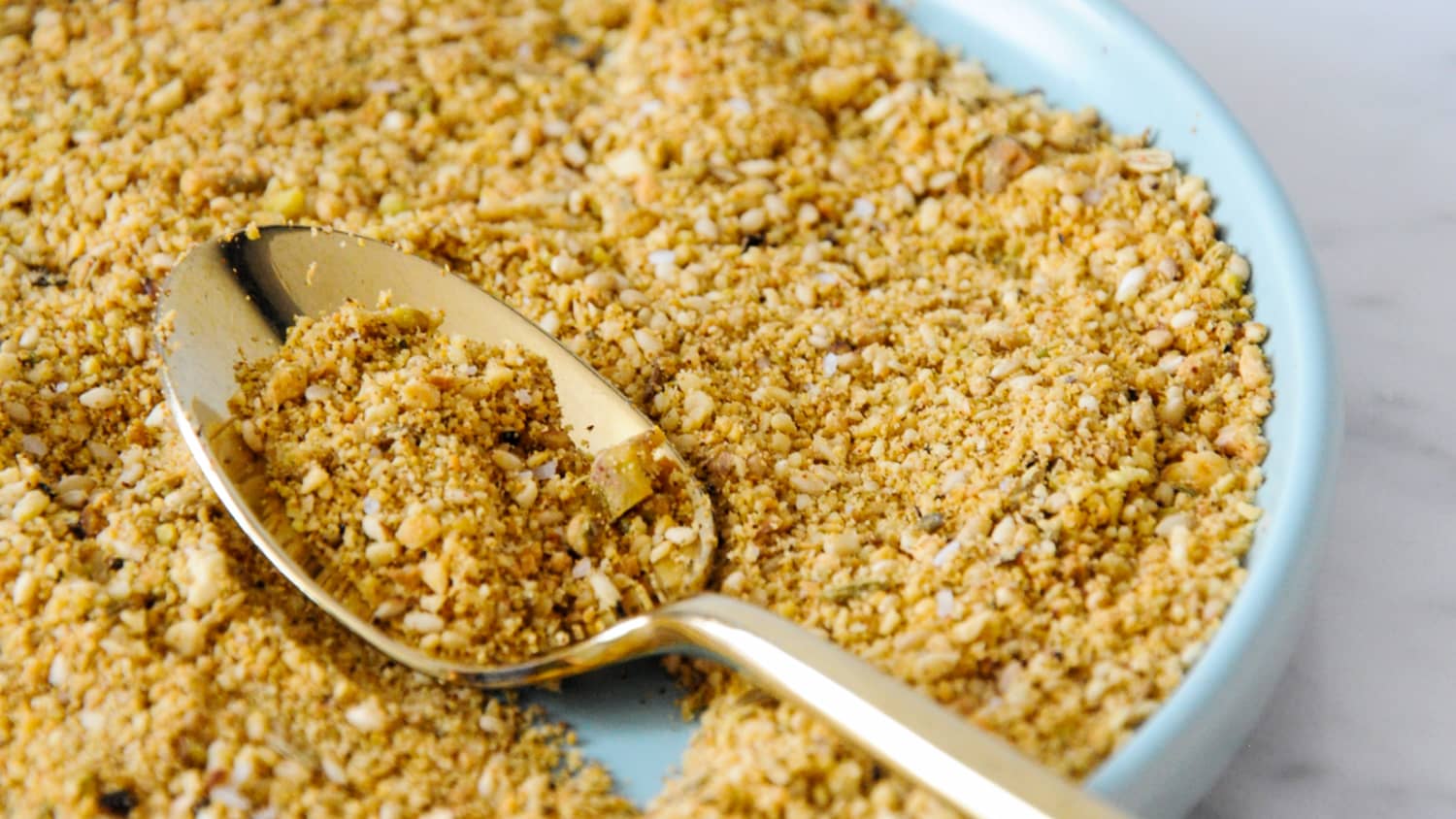
 313 views
313 viewsDukkah
thekitchn.com
5 minutes
Your folders

 261 views
261 viewsDukkah
washingtonpost.com
4.0
(1)
Your folders
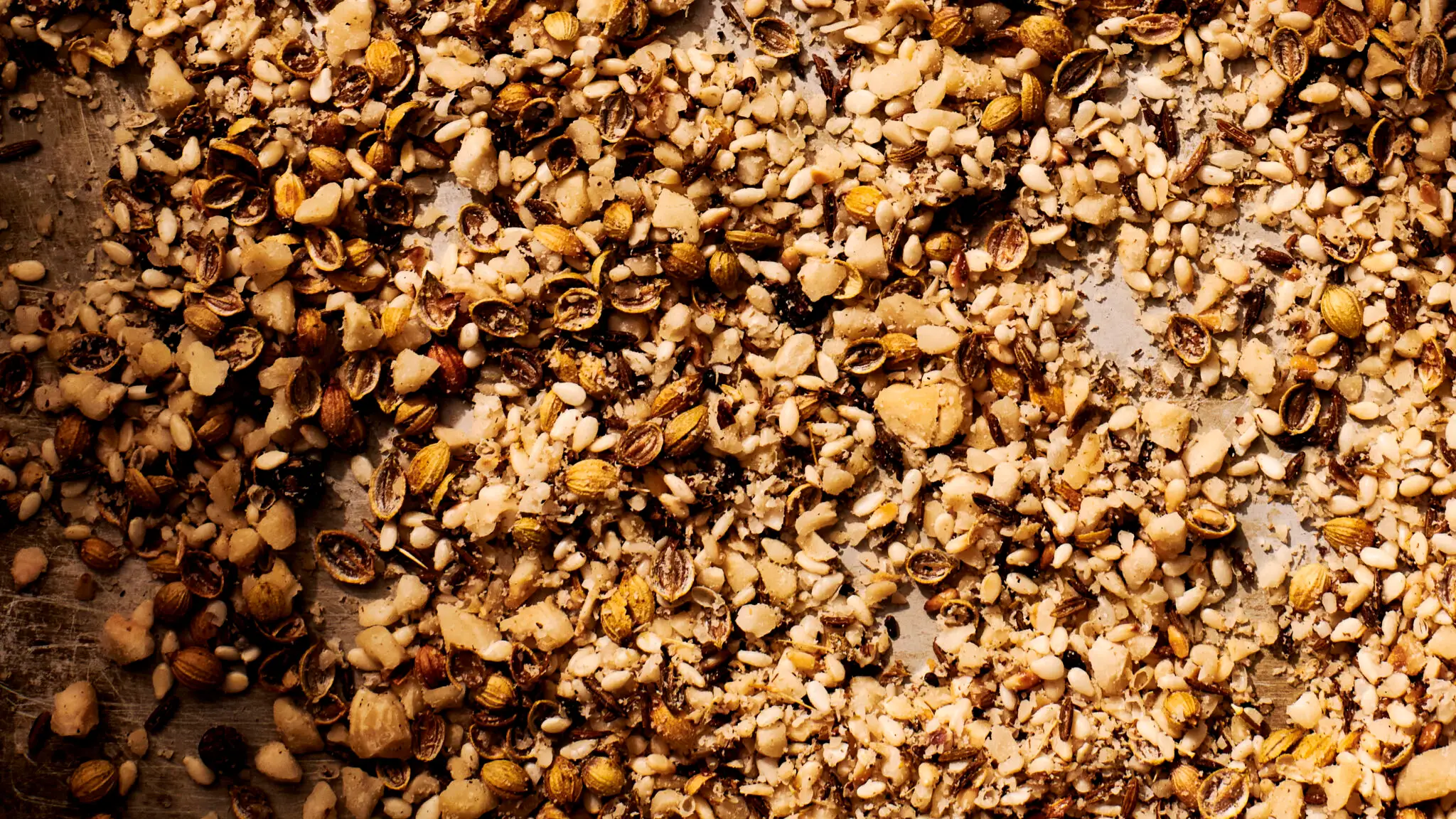
 72 views
72 viewsDukkah
saveur.com
Your folders
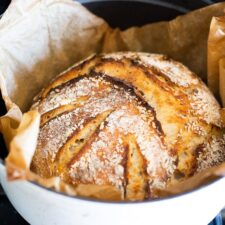
 2338 views
2338 viewsSourdough Bread
feastingathome.com
4.9
(468)
13 hours
Your folders
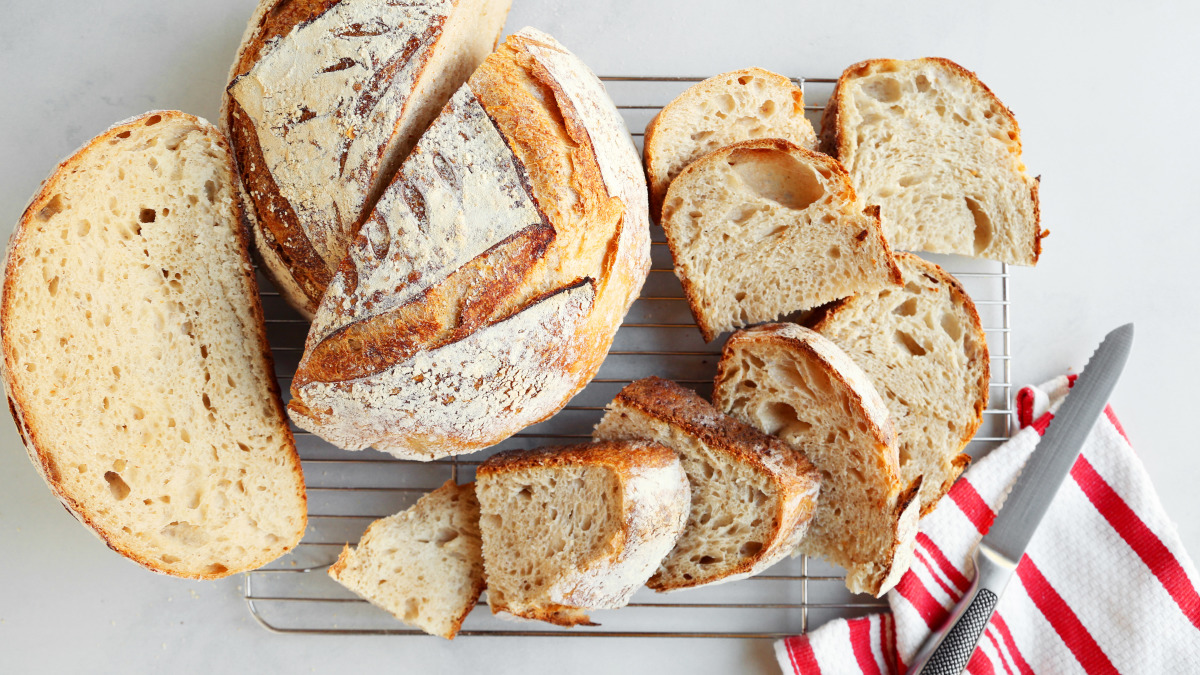
 500 views
500 viewsSourdough Bread
food.com
50 minutes
Your folders
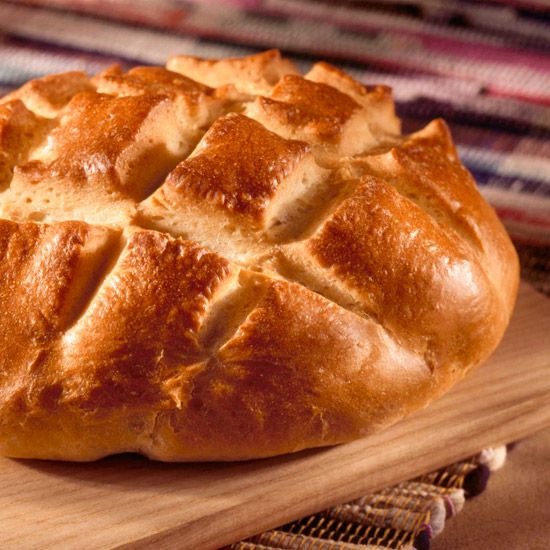
 354 views
354 viewsSourdough Bread
bhg.com
4.3
(20)
Your folders
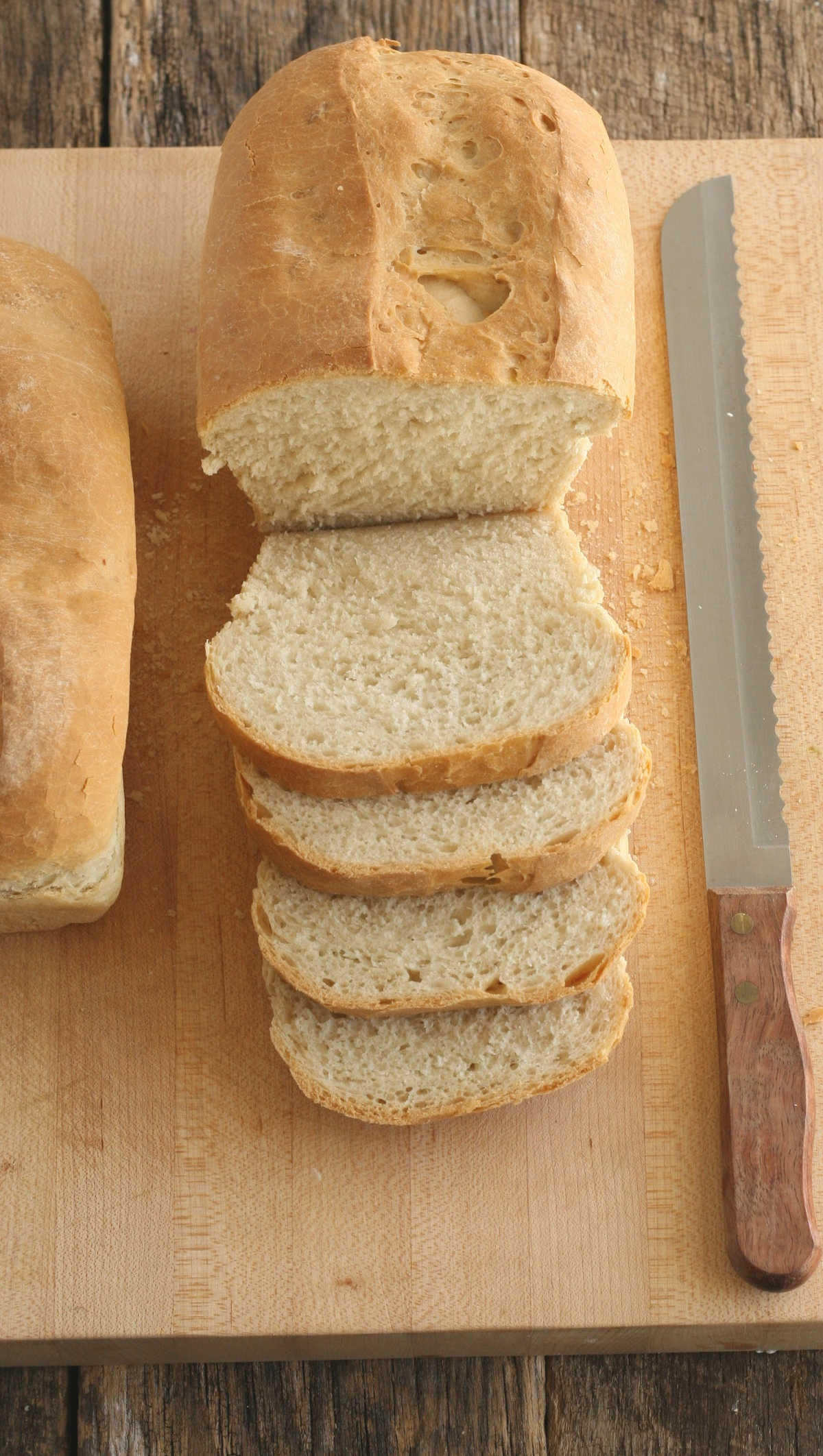
 584 views
584 viewsSourdough Bread
afarmgirlskitchen.com
5.0
(20)
40 minutes
Your folders
 128 views
128 viewsSourdough Bread
afarmgirlskitchen.com
Your folders

 352 views
352 viewsSourdough bread
jamieoliver.com
Your folders
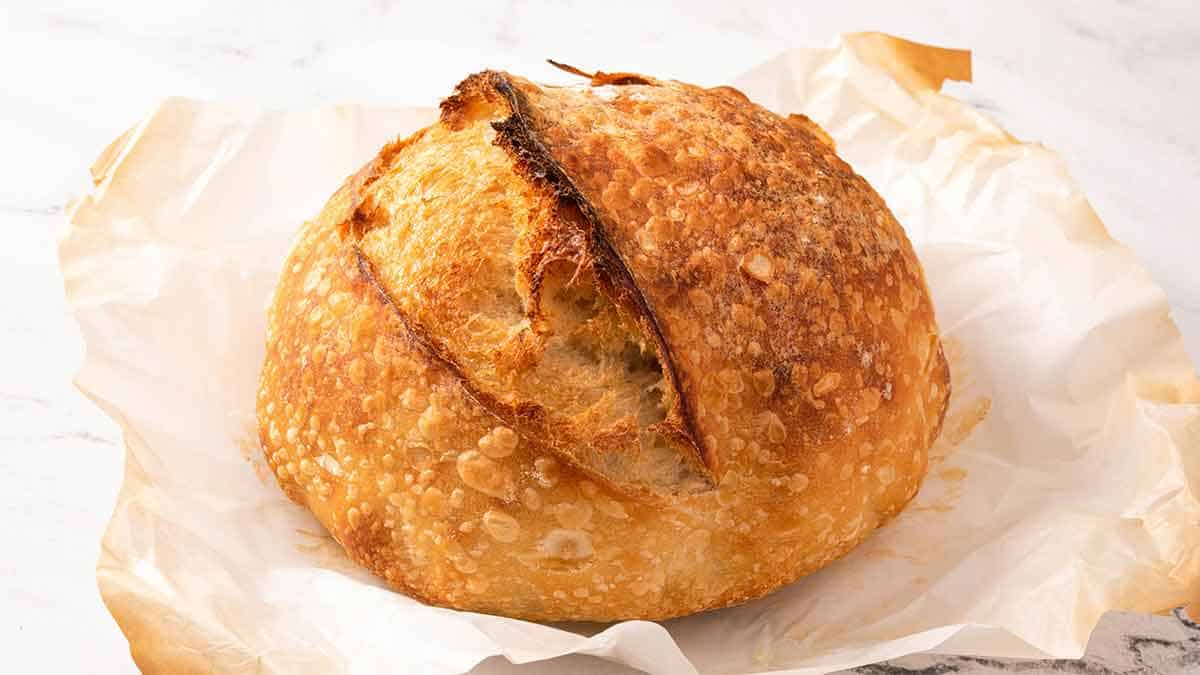
 386 views
386 viewsSourdough Bread
preppykitchen.com
5.0
(8)
40 minutes
Your folders
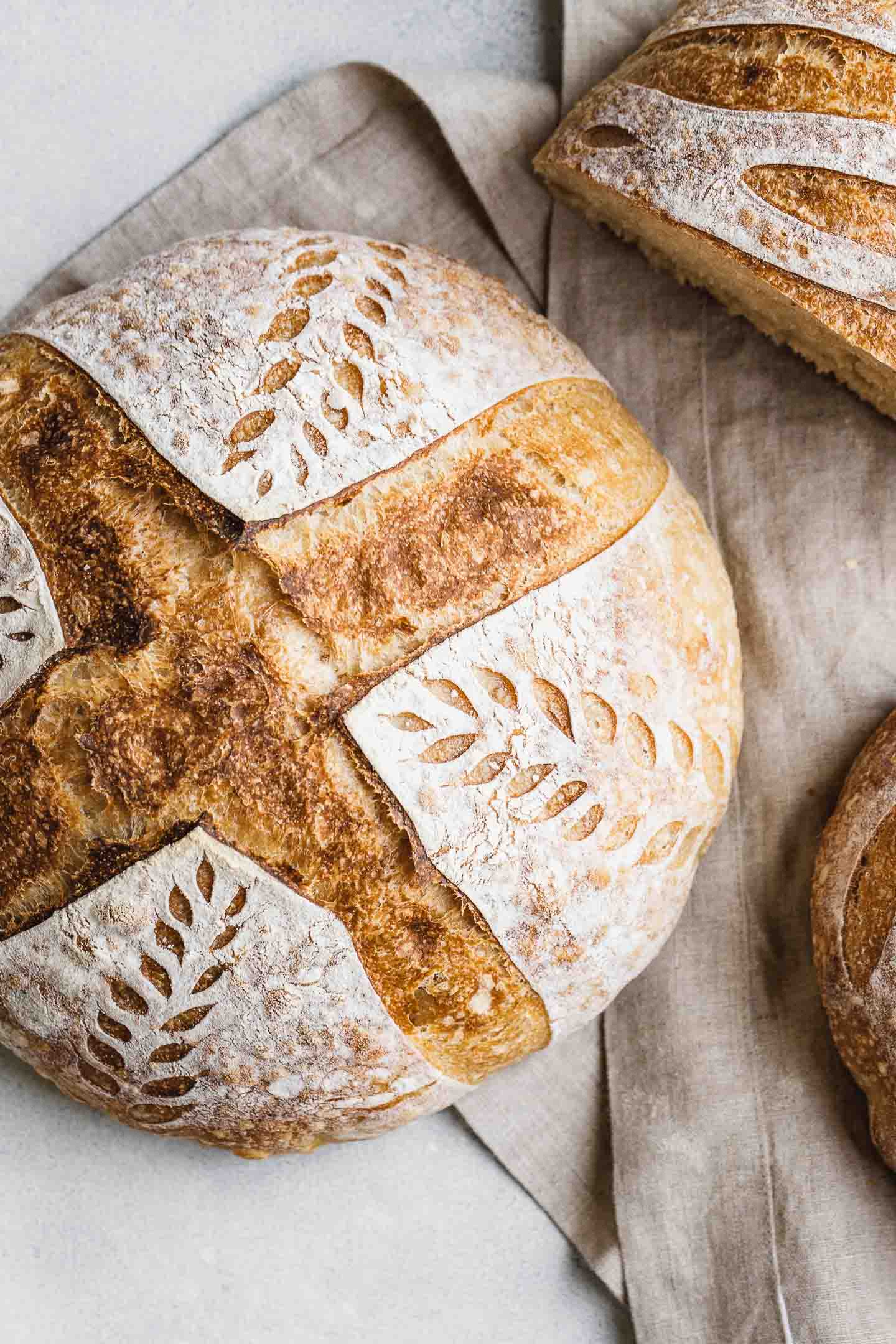
 790 views
790 viewsSourdough Bread
amyinthekitchen.com
4.9
(46)
45 minutes
Your folders

 21 views
21 viewsSourdough Bread
eatathomecooks.com
Your folders
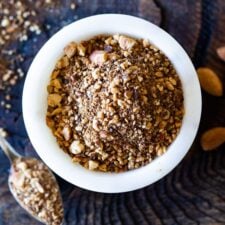
 556 views
556 viewsDukkah Recipe
feastingathome.com
5.0
(3)
10 minutes
Your folders

 638 views
638 viewsEasy Dukkah
cookieandkate.com
4.9
(21)
5 minutes
Your folders
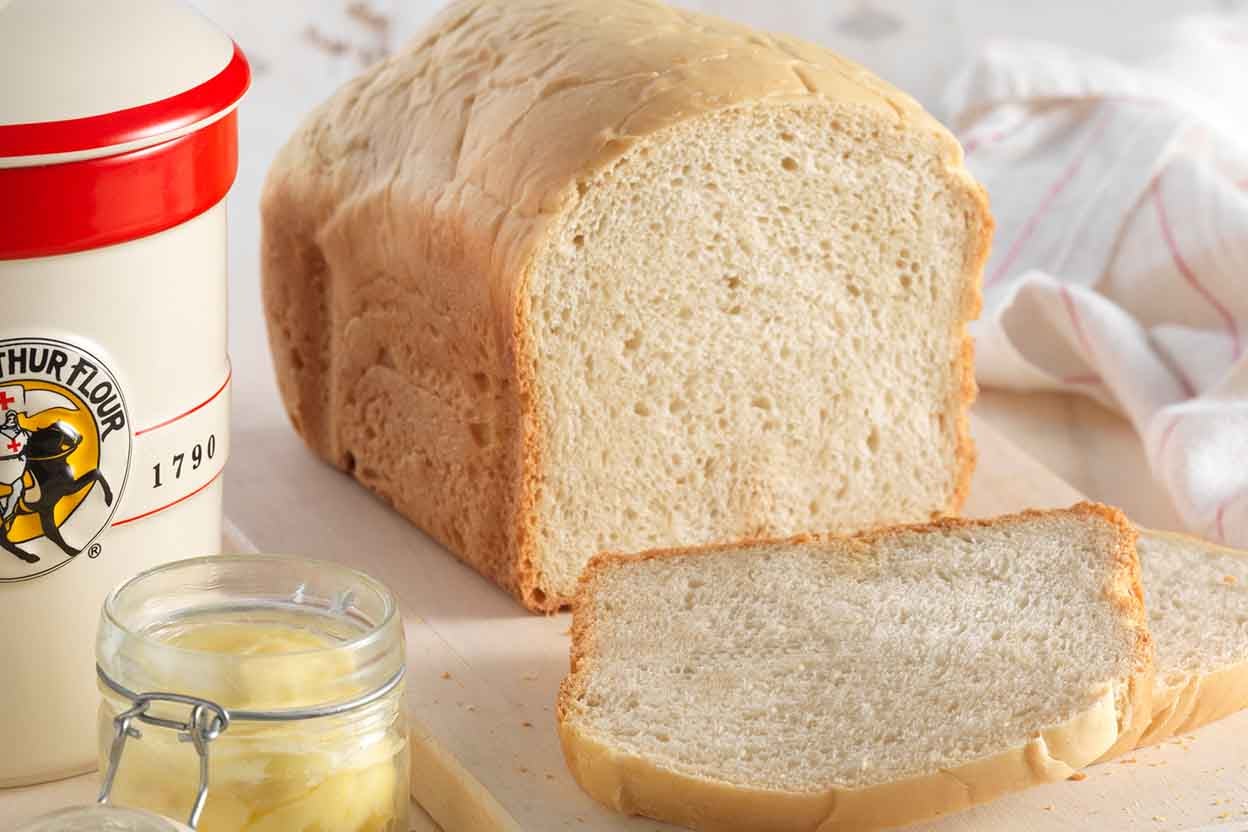
 750 views
750 viewsBread Machine Sourdough Bread
kingarthurbaking.com
4.2
(102)
1 hours
Your folders

 640 views
640 viewsPumpkin Sourdough Bread
zestysouthindiankitchen.com
4.9
(143)
50 minutes
Your folders

 240 views
240 viewsSourdough Bread Starter
gbskitchen.com